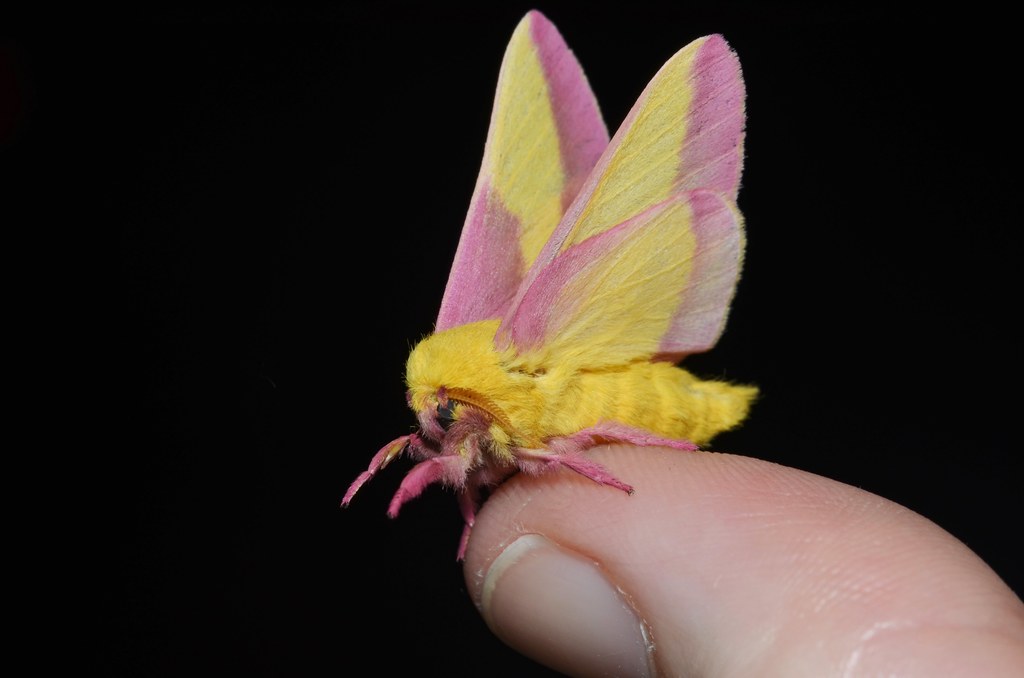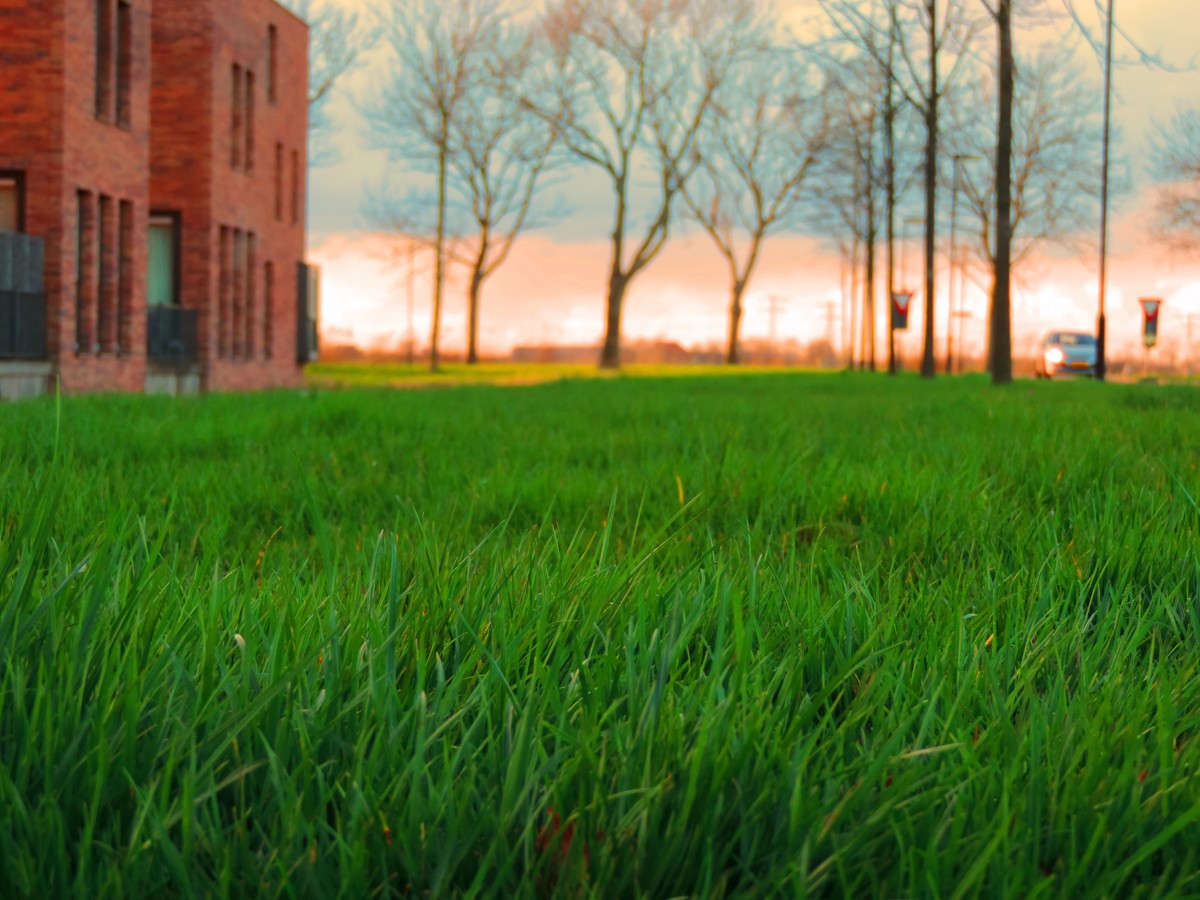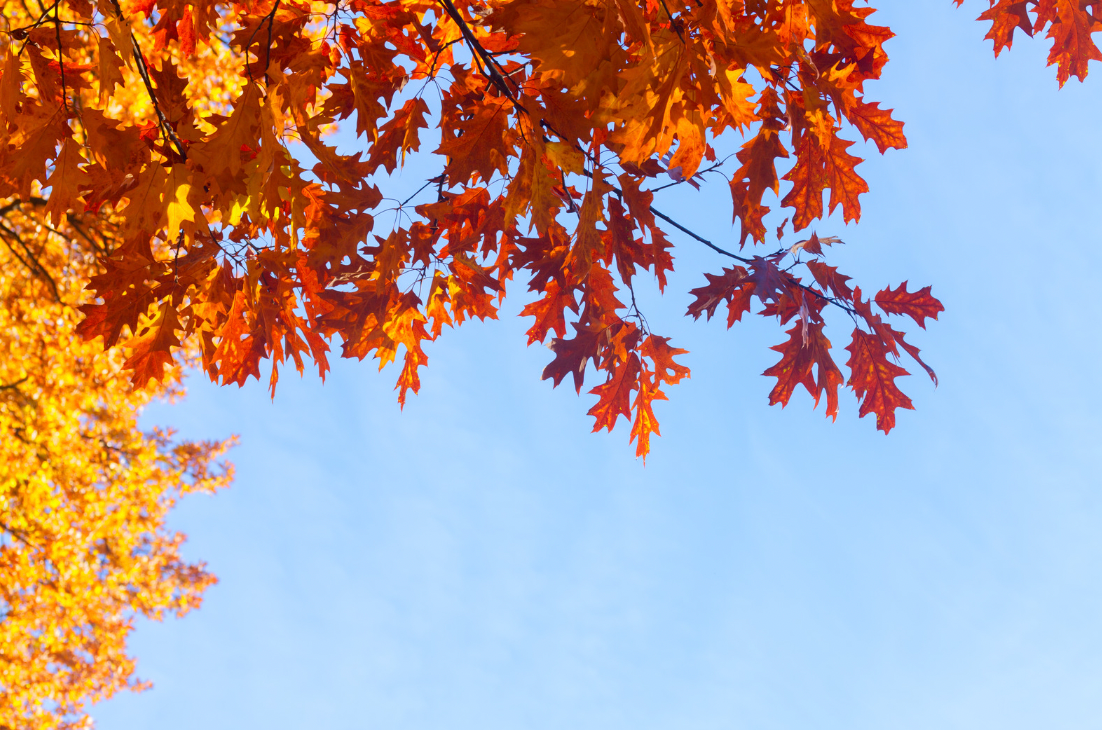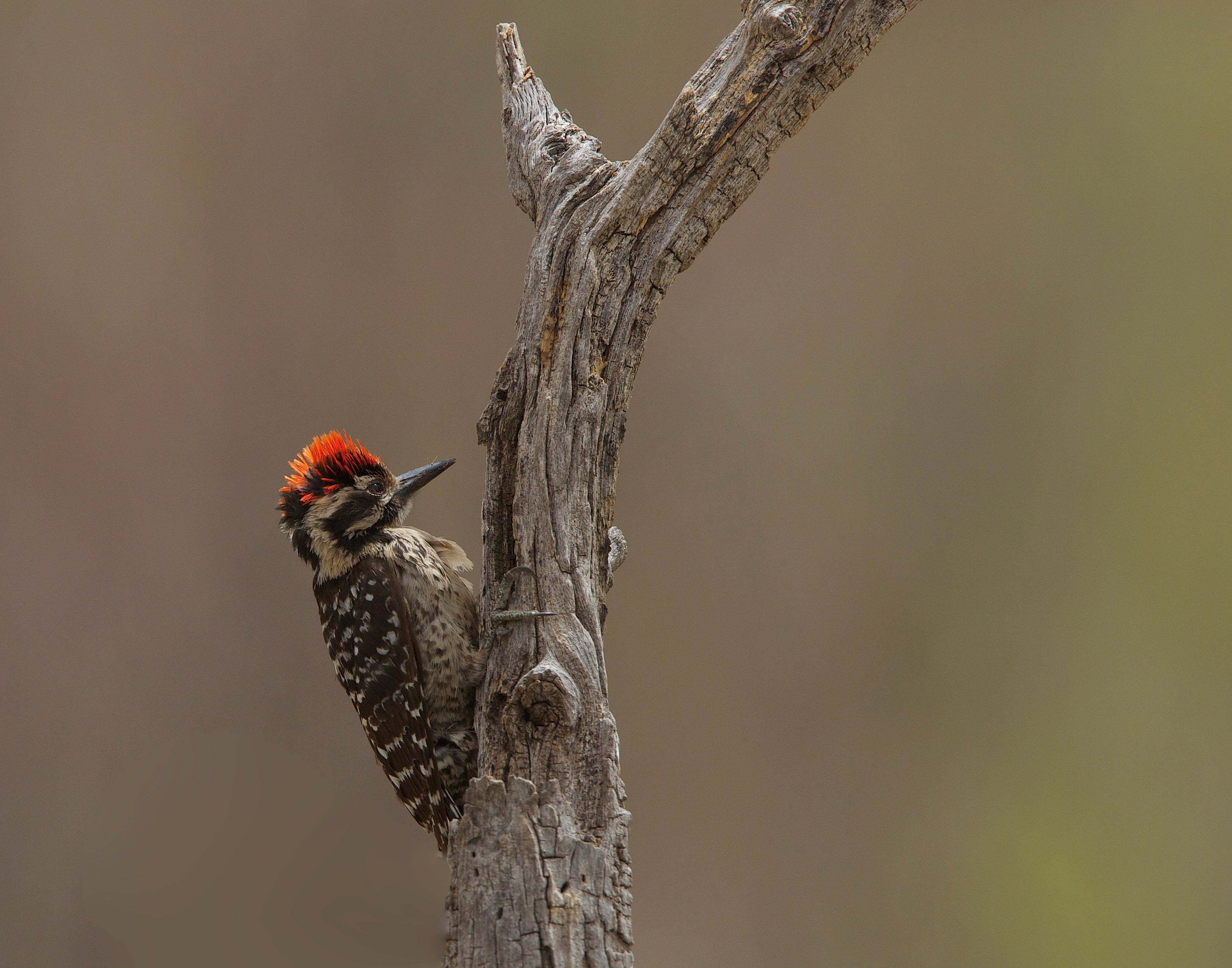How Non-Native Plants Are Contributing to a Global Insect Decline, summary

We wanted to share with you this amazing article encouraging us as to why we should be adding more native plants to our gardens: How Non-Native Plants Are Contributing to a Global Insect Decline, by Janet Marinelli or, you can read our
Two-minute summary
(because we have lots plants to get into the ground!)
The introduction of non-native plants into ecosystems has been found to contribute to a decline in insect populations globally. These plants are often introduced intentionally or unintentionally and have a negative impact on the natural balance of ecosystems. Insects play a vital role in pollination, nutrient cycling, and the food chain, and their decline has far-reaching implications.

Milkweed Assassign Bug, by Erban
One solution to this problem is to add more native plants to gardens and urban landscapes. Native plants have evolved alongside local insect populations and provide them with food and habitat. By incorporating native plants, homeowners and landscapers can create a more diverse and sustainable environment that supports a healthy insect population.

Native plants are also well-adapted to local environmental conditions and require less water, fertilizer, and maintenance than non-native plants. They can help to reduce water usage and pollution, and they provide a range of benefits for wildlife, including birds and other animals.


Banner image credit: Rosy Maple Moth, by Andy Reago & Chrissy McClarren



